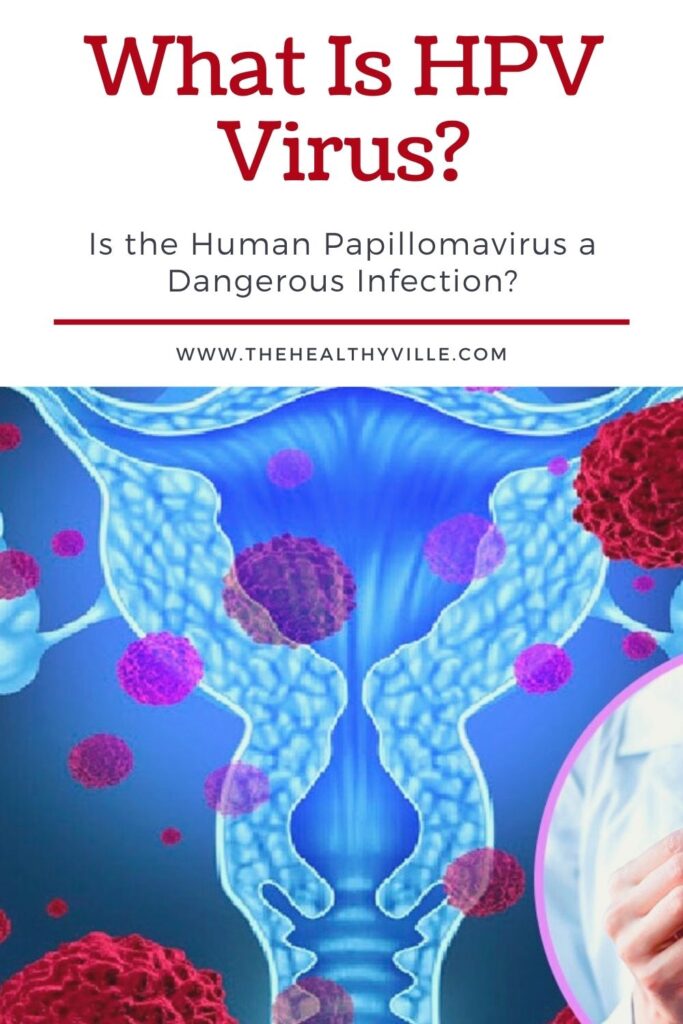What is HPV virus? Human papillomavirus (HPV) is the most common STD in our society. Know all about it!
What is HPV virus?
The human papillomavirus (HPV) is one of the most common sexually transmitted infections. This virus belongs to the Papillomaviridae family and can be contracted at any time during an individual’s sexual life.
Although it is harmless and asymptomatic in the vast majority of cases, its long-term problems can be severe if not treated properly.
Let’s dive deeper into this.
How many types of human papillomavirus are there?
There are well over two hundred types of this virus. However, most of them are easily transmitted through direct sexual contact.
Since there is such a quantity, a classification was needed depending on its carcinogenic potential. As reported by the American Cancer Society, within this group we find low-risk and high-risk HPV.
Those at low risk do not cause cancer, while those at high risk, such as HPV types 16 and 18, can.
Who gets it?
HPV is so common that, in fact, most of the population is prone to get this virus at some point in their life.
On one hand, plantar warts and warts that appear on fingers and palms are common in children. In addition, they in association with humid environments, such as swimming pools, changing rooms, etc.
On the other hand, genital and oropharyngeal infections are mainly transmitted sexually. In fact, the human papillomavirus is considered the most common sexually transmitted infection in recent times.
Symptoms of HPV
According to experts from the Mayo Clinic, the main symptoms are as follows.
-
Skin infections
Infection of the skin tissue by the human papillomavirus (HPV) causes the appearance of warts. The area of the body in which they appear depends on the type of human papillomavirus that infects the person.
They are grayish or “dirty white” in color, and black dots can often appear inside. These little black dots are the active virus.
Vulgar wart
They appear mainly on the fingers of the hands and on the palms, although they can also appear on the elbows, knees, etc.
They spread by direct contact with the injury. Therefore, you must pay special attention to children who bite their nails or the skin around them. They are not usually painful. Those responsible are the human papillomavirus 2 and 7.
Plantar wart (“chicken eyes”)
They appear on the soles of the feet. In fact, these types of warts are mostly in association with swimming pools and locker room showers. Being on the soles of the feet, they can be very painful. Those responsible are human papillomaviruses 1, 2, 4, 27 and 57.
Mosaic warts
Mosaic warts are characterized by being a set of fused warts, more superficial and not very painful. They appear on the soles of the feet due to human papillomavirus 3 infection.
Verruciform epidermodysplasia
Verruciform epidermodysplasia is a genetic abnormality. In fact, the immune system of affected people cannot fight or control papillomavirus infections.
The result is the appearance of very abundant pigmented lesions (macules) and bullous-like lesions (papules). They most often appear on the palms of the hands and fingers. It is related to human papillomavirus 5 and 8.
-
Infections of the non-genital mucosa
In this case, the contagion is, in a very high number of cases, sexually. In fact, some authors consider that the main route of infection is sexual, specifically, oral sex.
Oral or pharyngeal papilloma
The appearance of lesions in the oral and pharyngeal mucosa can also be due to HPV. They are rough lesions, with the appearance of a blister and a dirty color.
“High risk” types are those that can cause the appearance of cancer. This appears mainly on the back of the tongue, on the tonsils or at the beginning of the throat.
-
Infections of the genital mucosa
In some cases, the infection can lead to genital warts. In fact, it is related to types 6 and 11. These are annoying lesions, but painless and without risk of cancer.
The main problem lies in the high-risk types, mainly 16 and 18. Although these two are the most frequently in association with cancer, there are up to a dozen of them.
Diagnosis
- Pap test. This test helps in the diagnosis of cervical cancer. This is a vaginal cytology that allows detecting precancerous cells after analyzing the sample in the laboratory.
- Human papilloma virus test. It is based on molecular biology techniques to be able to detect the DNA of the virus. This test can determine whether or not a person has a high-risk type.
Prevention
Vaccination. Currently, the vaccination campaign is targeting girls who are 12-13 years old. The vaccine protects against the riskiest types of the virus.
Barrier methods of contraception. Although the male and female condoms do not protect 100% from this condition, they can help prevent contagion.
What should I do if I have HPV?
Your gynecologist or urologist may suggest cryotherapy. This consists of applying liquid nitrogen to the lesions. Once the doctors performs the technique, recommendations are to use salicylic acid patches or drops on the lesions until they disappear completely.
According to Dr. Sheldon Morris, “doctors can remove warts on the external genitalia can with lasers, by using an electrical current (electrocautery), by freezing (cryotherapy), or by surgery.”
However, it is essential to always consult a specialized doctor first. So, only he has sufficient power to diagnose and prescribe what he deems appropriate to treat each patient.
Don’t forget to SHARE what is HPV virus with your friends and family on your social networks!

